



Elections
22 items
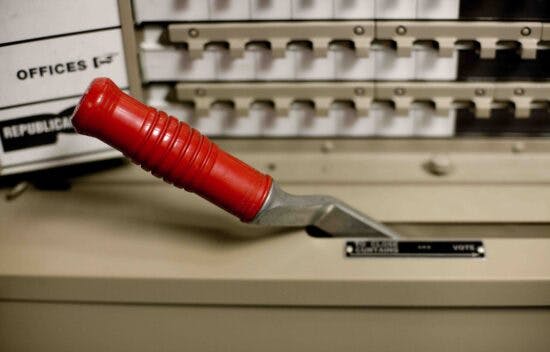
Contentious Elections and the Peaceful Transition of Power
E Lesson
E Lesson
20 Min
Contentious elections are nothing new in U.S. history. This eLesson explores some of our most bitter presidential elections, and challenges students to analyze the value of a peaceful transfer of power within our governing system.
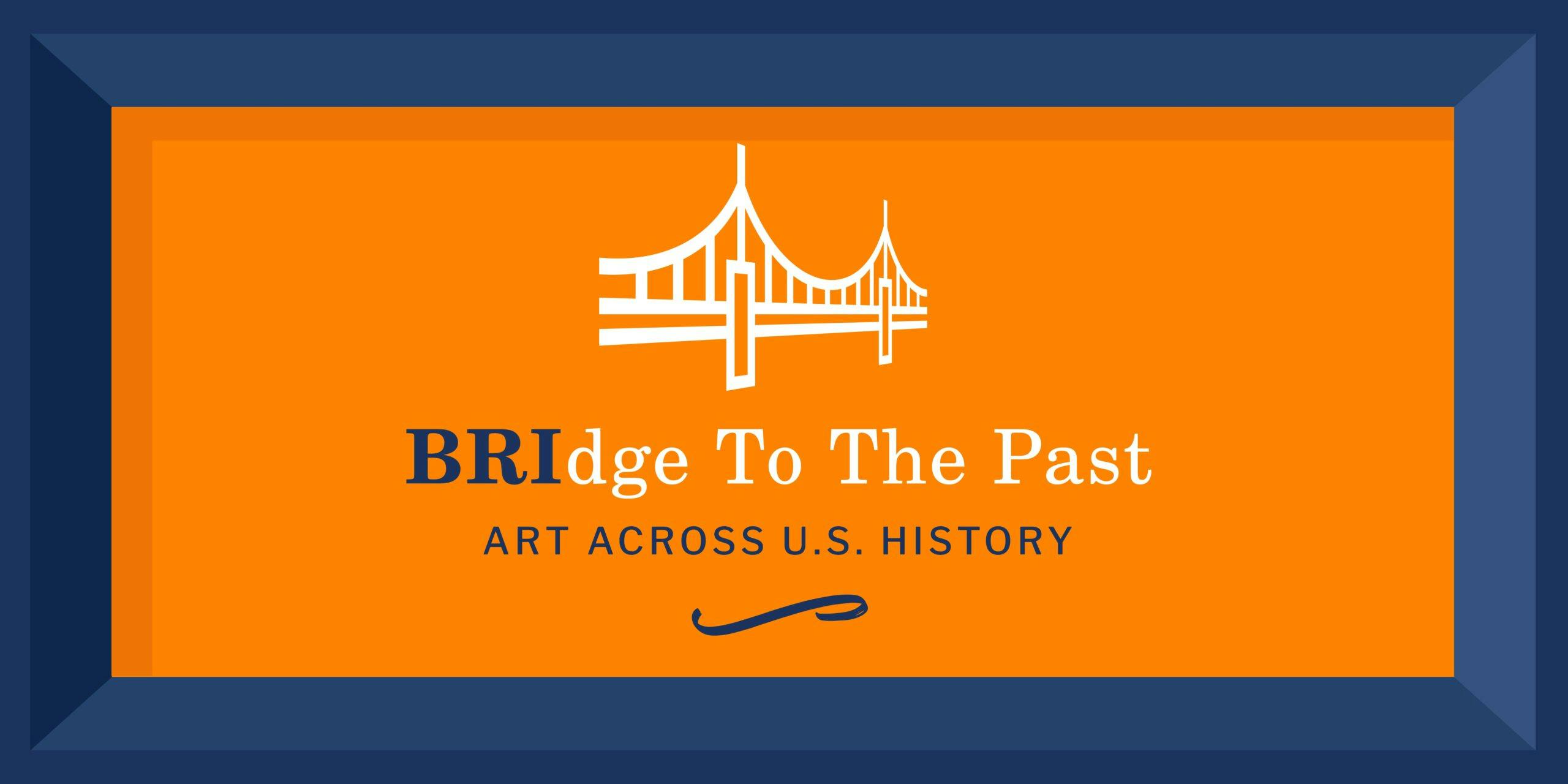
Continuity or Change?
Presidential Elections |
BRIdge from the Past: Art Across U.S. History
Video
Video
15 Min
In this episode, Mary and Josh analyze a political cartoon depicting the controversial 1824 presidential election in a unique way.
“A foot-race” (1824) shows a crowd cheering on candidates John Quincy Adams, William Crawford, Andrew Jackson,
and Henry Clay as they race toward a finish line. Which details stand out to you as meaningful,
and what do they convey about popular opinions on the election?
15 Min
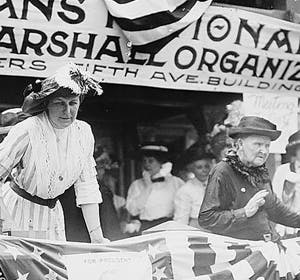
Elections
Lesson - 11 Activities
Lesson
11 Activities
140 Min
Elections have consequences. They decide who holds power and therefore the laws that we live under. But they also reflect principles of federalism and consent of the governed, as well as the complexity of the American system.
140 Min
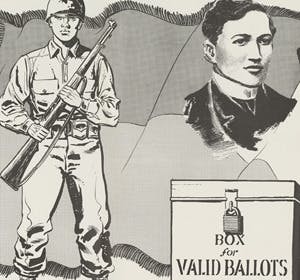
Voting
Lesson - 4 Activities
Lesson
4 Activities
60 Min
America holds more elections than any other democracy. The reason is federalism. Because of decentralization there are more offices for the electorate to fill and thus more elections.
60 Min
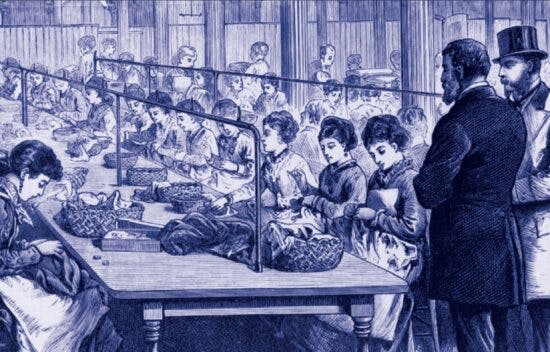
Shall Women Have the Right to Vote? (1866-1890)
Lesson - 7 Activities
Lesson
7 Activities
75 Min
How did the women’s suffrage movement grow after the Civil War? How did the Constitution and the Bill of Rights empower all individuals to express their political voices?
75 Min
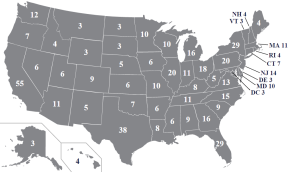
Electoral College
Resource
Resource
The Electoral College is the system used by the United States to elect its lead executive. The College is outlined in Article II, Section 1 and in the Twelfth and Twenty-Third Amendments to the United States Constitution.
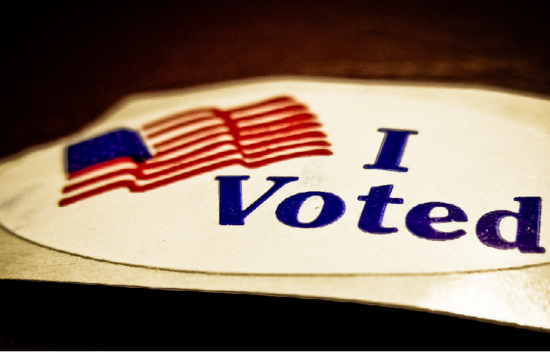
The Electoral College and Popular Vote for the President
E Lesson
E Lesson
20 Min
With the outcome of last week’s election, many Americans are questioning the history and validity of the electoral college. This lesson will help you think through the critical issues surrounding the structure and foundational philosophy of the Electoral college with your students.

Appraising the Electoral College
E Lesson
E Lesson
20 Min
How does the Electoral College work and why did the framers decide this was the best way to elect the country’s chief executive? This lesson explores these fundamental questions and asks students to debate pros and cons of keeping the Electoral College.
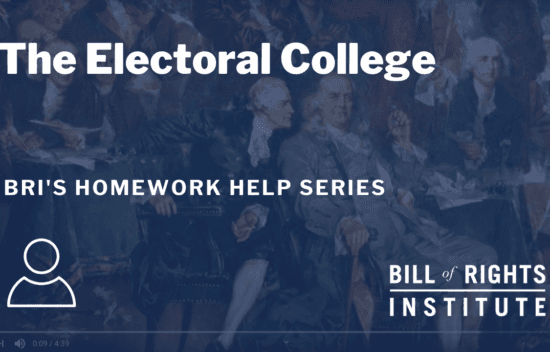
The Electoral College | Homework Help from the Bill of Rights Institute
Video
Video
7 Min
In this Homework Help narrative, learn about the origins and functions of the Electoral College. This constitutional institution has long been the subject of intense debate and scrutiny, and this video challenges students to think about it for themselves.
7 Min
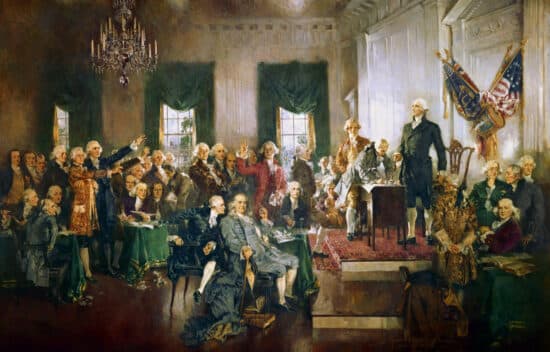
Legacy of Republicanism
Lesson - 5 Activities
Lesson
5 Activities
60 Min
What major debates regarding representation occurred at the Constitutional Convention and during the ratification process? What constitutional principles animated the deliberations? These debates included whether the legislature would be unicameral or bicameral, the method of electing representatives, whether states would be represented equally or proportionally by population in the legislature, and whether enslaved individuals would be included in the population count. After completion of the Philadelphia Convention of 1787, the debates continued as Anti-Federalists argued that the form of government created by the Constitution was insufficiently representative, and the liberties of the people would be in danger. Federalists defended the Constitution’s structure and insisted that the people would hold their elected representatives to high standards. Students participate in role play activities based on primary sources including James Madison’s The Debates in the Federal Convention of 1787, and the Federalist and Anti-Federalist Papers.
60 Min

Electing a President
Lesson - 5 Activities
Lesson
5 Activities
90 Min
How do the components of the U.S. presidential electoral process function and rely on active political participation by citizens?
90 Min

Constitutional Connection: Electing the President
Lesson - 1 Activities
Lesson
1 Activities
20 Min
How the Constitution talk about presidential elections?
20 Min

Slavery and the Electoral College
E Lesson
E Lesson
In this eLesson, students will analyze the contemporary arguments around this question while forming their own opinions.

The Election of 1860
Essay - 2570 Words
Essay
2570 Words
How did the election of 1860 lead to the Civil War?
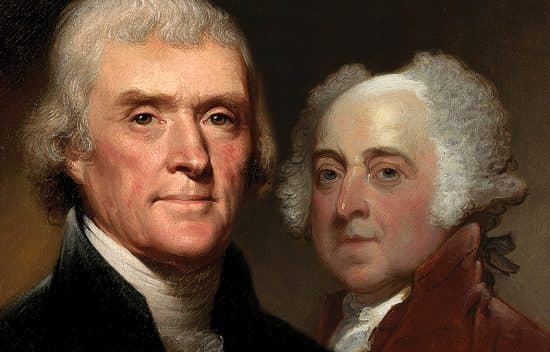
The Election of 1800
Lesson - 2 Activities
Lesson
2 Activities
50 Min
The 1800 election was a major test of whether the young republic and its Constitution would live beyond its Founding generation. It was the first election in which two competing political parties engaged in an extended campaign against one another to win the presidency. This challenge was made more difficult by the fact that the new Constitution’s system for electing a President was not designed with political parties in mind. In fact, the Constitution’s process for electing the President had been designed to limit the influence of political parties. In the election of 1796, this method of electing the President led to the potentially dangerous situation of joining a President with a Vice President from the opposing party. In the election of 1800, this method of electing the President led to a tie, which was only settled after a long battle in the House of Representatives. The republic endured the election of 1800, but it was clear to most that the constitutional process for electing the President needed to be amended. To do so, Congress passed the Twelfth Amendment in 1803; the states ratified the amendment in 1804.
50 Min
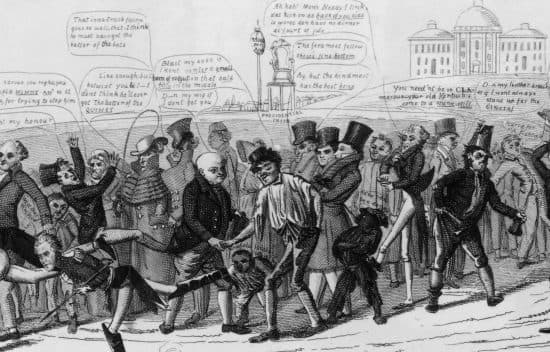
John Quincy Adams and the Election of 1824
Lesson - 4 Activities
Lesson
4 Activities
90 Min
The Election of 1824 was the first to be decided in the House of Representatives after the Twelfth Amendment was passed. Jackson received the most electoral votes and the greatest percentage of the popular vote (inasmuch as it existed in 1824), but the House voted for John Quincy Adams. In this lesson, students explore the election of 1824 and evaluate the Electoral College system.
90 Min

Jonathan White: 1824 & Contentious Elections | BRI Scholar Talks
Video
Video
31 Min
BRI Senior Teaching Fellow Tony Williams sits down with Jonathan White, associate professor of American Studies at Christopher Newport University and author of several books on the Civil War, to discuss his essay on the presidential election of 1824 in our new digital history textbook, Life, Liberty, and the Pursuit of Happiness. Together, they piece together the historical background behind one of the most contentious elections in American history. In 1824, none of the four candidates—Andrew Jackson, John Quincy Adams, Henry Clay, or William Crawford—were able to obtain a majority of the Electoral College vote. The Twelfth Amendment required the election be sent to the U.S. House of Representatives, where John Quincy Adams was chosen as the sixth U.S. president. Can we learn any lessons about democracy from contentious elections? Was the election a crisis or a demonstration of the successful workings of constitutional principles?
About Jonathan White:
Jonathan White is an associate professor of American Studies at Christopher Newport University and is the author or editor of ten books, including "Abraham Lincoln and Treason in the Civil War: The Trials of John Merryman and Emancipation" and "Emancipation, the Union Army, and the Reelection of Abraham Lincoln," which was a finalist for both the Lincoln Prize and the winner of the Abraham Lincoln Institute’s 2015 book prize. He serves on the Boards of Directors of the Abraham Lincoln Institute, the Abraham Lincoln Association, the Lincoln Forum, and the John L. Nau III Center for Civil War History at the University of Virginia. His most recent books include "Lincoln on Law, Leadership and Life" and “Our Little Monitor: The Greatest Invention of the Civil War." He is presently writing a biography of a convicted slave trader named Appleton Oaksmith. Check out his website at www.jonathanwhite.org/ or follow him on Twitter at @CivilWarJon.
31 Min
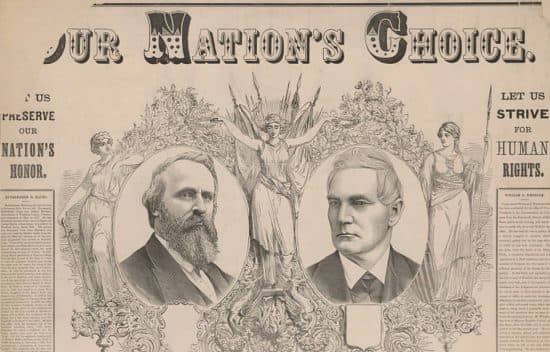
Rutherford B. Hayes and the Disputed Election of 1876
Lesson - 4 Activities
Lesson
4 Activities
50 Min
The US Constitution provides an orderly process for electing the President, as described in Article II and the Twelfth Amendment. However, in the election of 1876, two conflicting sets of electoral votes were submitted by each of four states. The Constitution provided no process for determining the legitimate set of votes. Acting outside any constitutional mandate, Congress created a special commission to investigate the returns from Oregon, South Carolina, Louisiana, and Florida. Voting along party lines, the commission ruled that Rutherford B. Hayes had won the disputed election.
50 Min
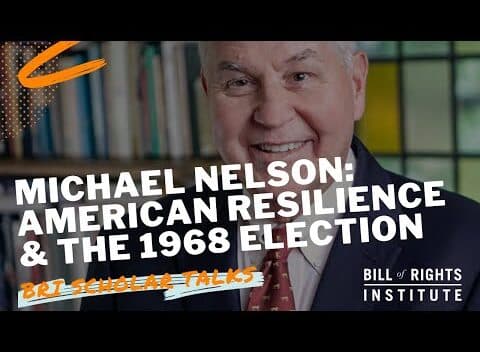
American Resilience & the 1968 Election with Michael Nelson | BRI Scholar Talks
Video
Video
23 Min
How did American institutions prove their resilience amid the tumultuous 1968 presidential election? In this episode of Scholar Talks, Michael Nelson, the Fulmer Professor of Political Science at Rhodes College and Senior Fellow at the UVA Jack Miller Center, joins BRI Senior Teaching Fellow Tony Williams to talk about his new book, "Resilient America: Electing Nixon in 1968, Channeling Dissent, and Dividing Government." Together, they discuss postwar American political trends, divisions in American society, and the candidates who ran. How did the 1968 presidential election lead to a divided government and how did it demonstrate the resilience of American institutions?
23 Min
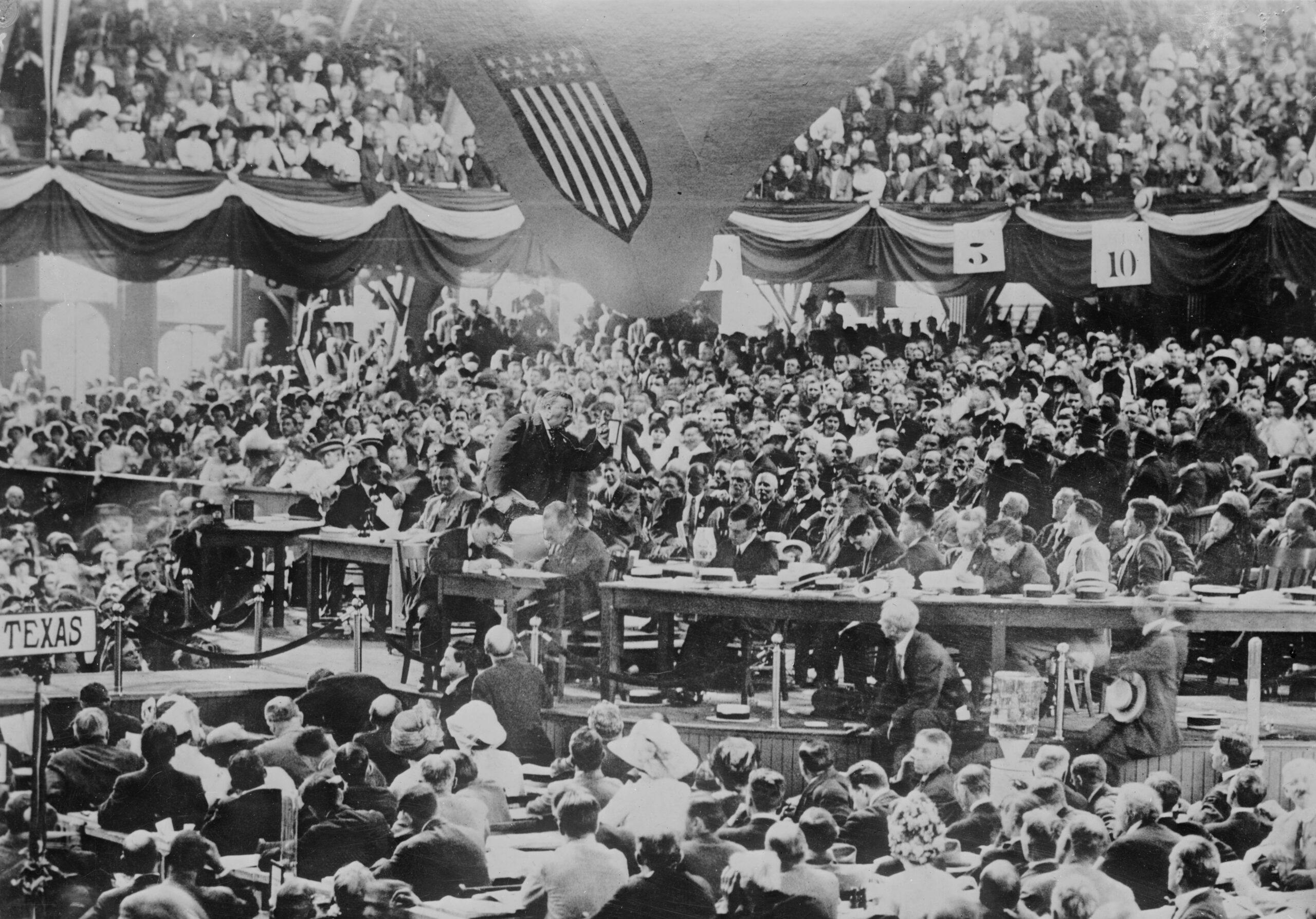
The Election of 1912
Essay - 2419 Words
Essay
2419 Words
By the end of this section, you will compare the goals and effects of the Progressive reform movement.
